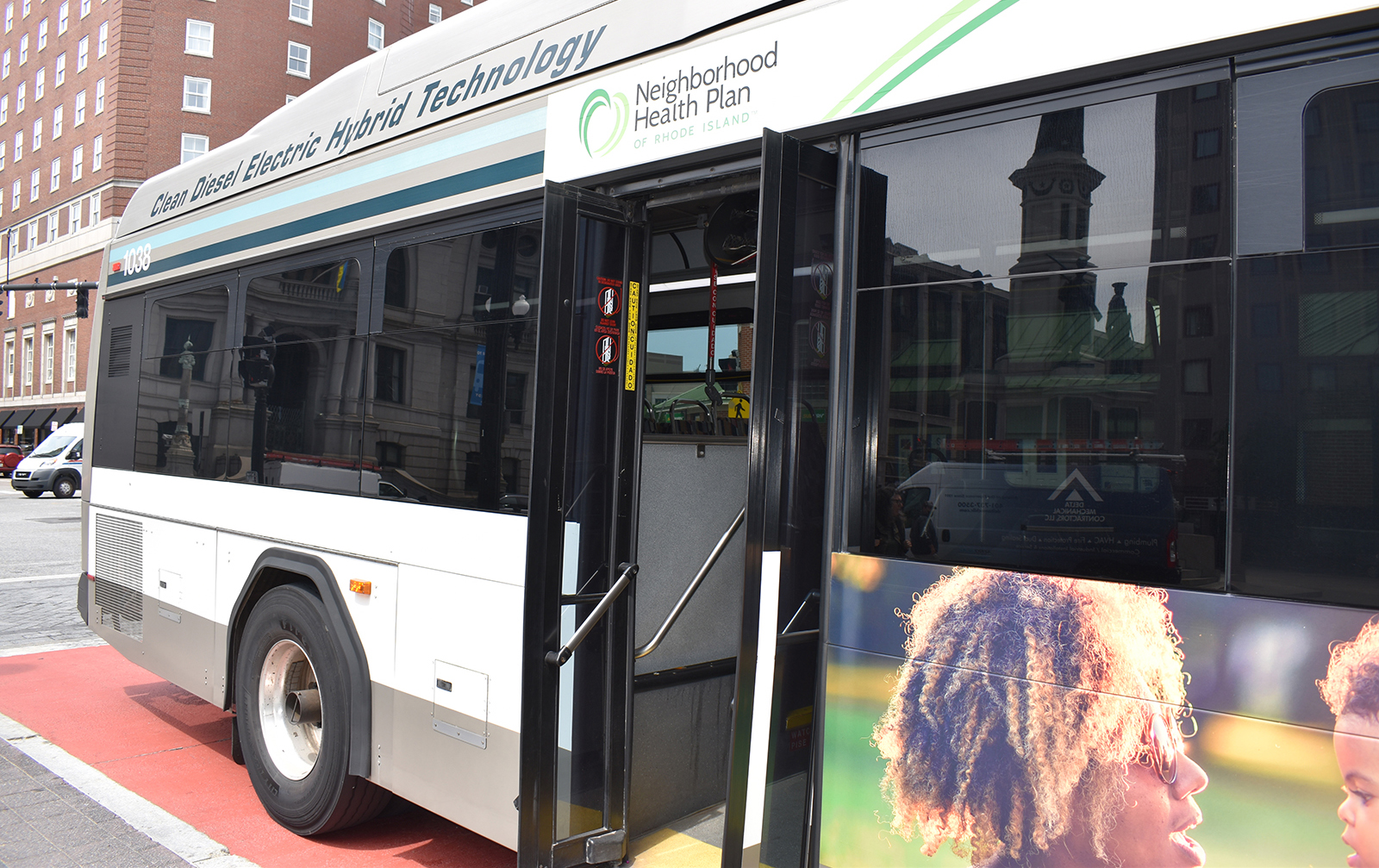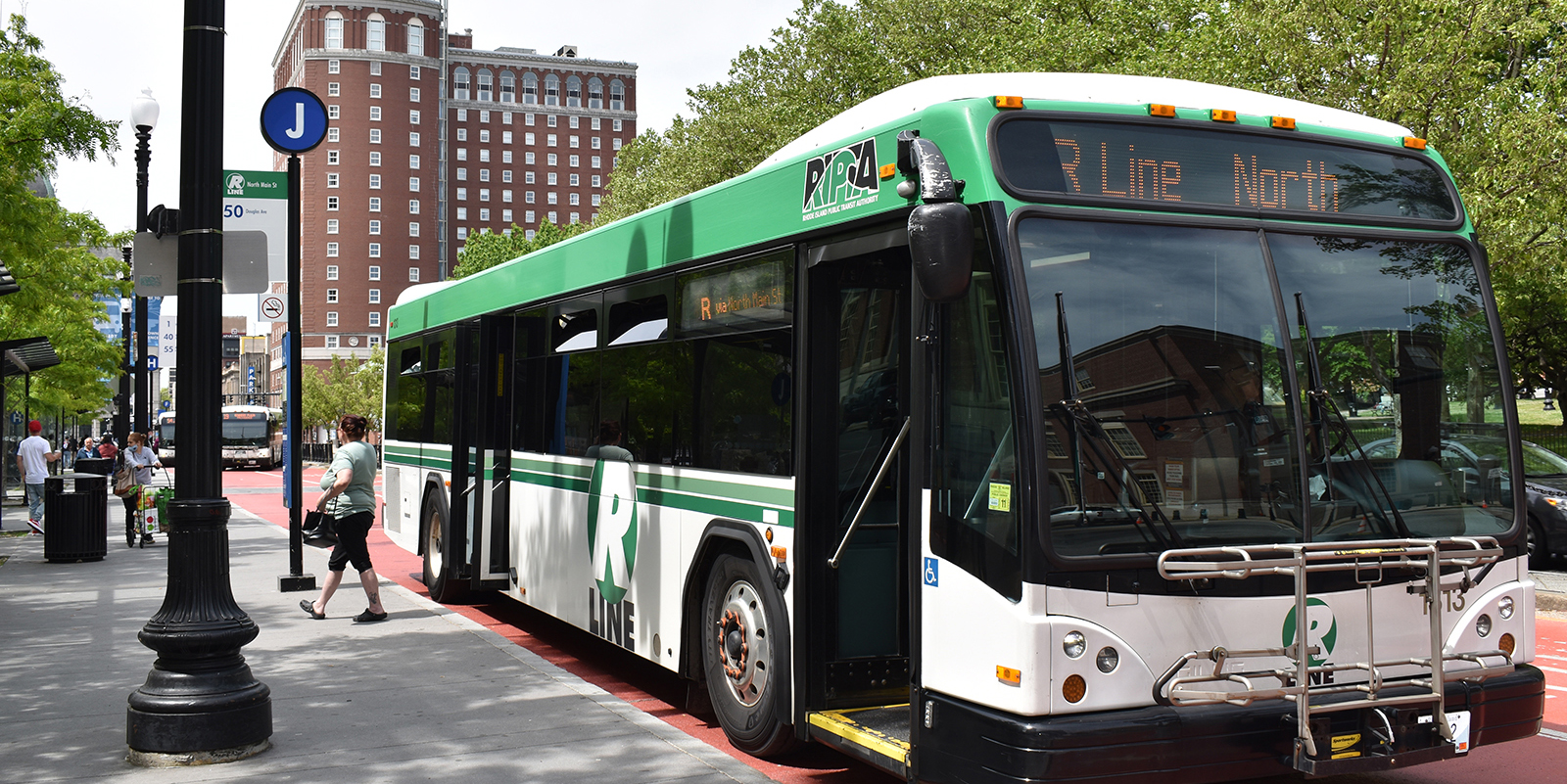Concerns Maryland Rail Project Could Impact Environmental Protections in Conn. and R.I.
July 1, 2017

HAMDEN, Conn. — A June 26 announcement by the Federal Railroad Administration (FRA) that the $1.1 billion Susquehanna River Rail Bridge Project on the Northeast Corridor in Maryland poses “no significant impact,” drew sharp rebuke from Daniel Mackay, executive director of the Connecticut Trust for Historic Preservation, who warned that such a decision could set an unacceptably low bar for mitigating historic, cultural and environmental resource impacts from future high-speed rail projects in Connecticut.
The proposed rail bridge replacement project bisects the National Register-listed Havre de Grace Historic District in Maryland, comprised of some 1,000 historic structures, many from the 18th century, on the banks of the Susquehanna River, according to a recent story in The Baltimore Sun.
“FRA determined that the most comprehensive level of environmental review was not needed for this $1.1 billion dollar rail project in the midst of a historic coastal community in Maryland,” Mackay wrote in a recent press release. “Connecticut and Rhode Island communities caught in the cross-hairs of FRA’s bypass proposals should be concerned for the signal sent by this Maryland project — the process ahead may not yield the protections that communities want for themselves.”
Since the FRA released draft plans on Nov. 15, 2015 to expand new high-speed railroad corridors across coastal Connecticut and Rhode Island, under a federal planning process called NEC Future, the Connecticut Trust and its grassroots partner, SECoast, have led a campaign to counter FRA’s “insensitive approach to transportation planning for the Northeast Corridor routes through Connecticut.”
“FRA’s plan represents a once-in-a-generation decision that will fundamentally shape the communities, economies and ecology of coastal southern New England,” according to Gregory Stroud, director of special projects at the Connecticut Trust and co-founder of SECoast. “The only sure way to protect our communities from these types of impacts is to fully remove these projects from the Record of Decision.”
The FRA is expected to announce a long-delayed record of decision for NEC Future this summer, finalizing a blueprint for the Northeast Corridor that will shape infrastructure decisions and investment through 2040, or later.
The current blueprint has been in place since a similar process was completed in 1978. The Northeast Corridor, which connects cities between Washington, D.C., and Boston, is the nation’s busiest rail corridor.
Categories
Join the Discussion
View CommentsRecent Comments
Leave a Reply
Your support keeps our reporters on the environmental beat.
Reader support is at the core of our nonprofit news model. Together, we can keep the environment in the headlines.
We use cookies to improve your experience and deliver personalized content. View Cookie Settings




Its bad enough that Trump wants to end Amtrak service, that years of underinvestment in rail infrastructure is causing serious disruption in and around Penn Station, that Sandy damage to Hudson rail tunnels may make the whole corridor system disfunctional while politicians dither, and that getting anything built in rail improvements requires navigating a myriad of state. local, and Federal bureaucracies, on top of that some Connecticut NIMBY want to hold up some needed infrastructure in Maryland! No wonder the US is in decline.
I personally feel like fighting rail for "environmental" concerns is kind of wacky. You have to calculate out all the impacts. Will it allow us to reduce or not extend roads (which take a lot more land and have more of a climate impact)? Will it allow us to remove or not extend parking (which also has a bigger negative impact? Will other (perhaps more extensive) open spaces be protected or even extended to make up for ones impacted by the rail?
I find that people fight harder against things they’re not used to than things they are. The idea that keeping rail out is going to be good on balance, in my opinion, belongs with the wind-mills-cause-whale-deaths conspiracy article up-thread. Where are these folks to help fight to remove I-95? Where were they during the 6/10 Connector fight? Probably in their cars.